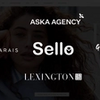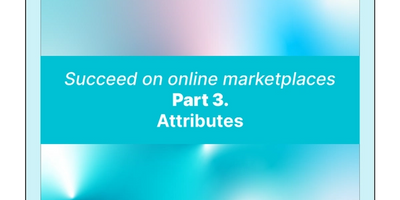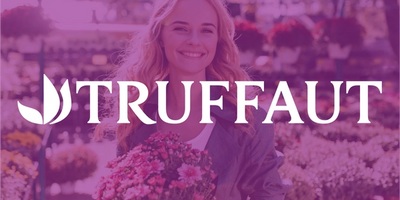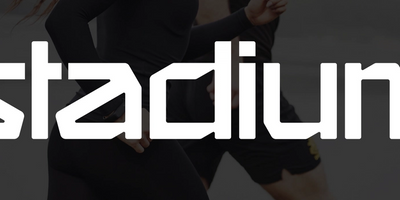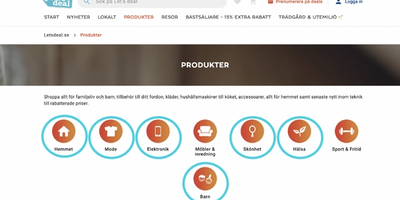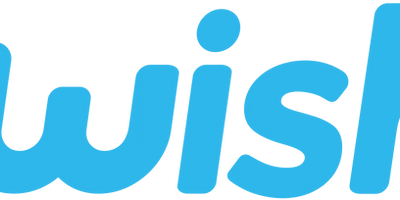E-commerce myths (part 2)
Sello debunks some of the most common e-commerce myths. In the coming weeks, we will take a look at some of e-commerce’s most stubborn myths and misconceptions and their respective realities.

2020-04-29
By Alexander Westerdahl
MYTH: I DON’T NEED TO FOCUS ON MAKING MY WEBSITE SECURE
Today’s customers knows about the dangers of online shopping and expects you to have the proper security measures in place to prevent them., if not, they will not shop with you.
But many sellers often overlook the importance of website security and the role it plays in gaining a potential customer’s trust.
Believing that site security is only used to prevent attacks and not to provide a sense of safety to customers seems to be a common misconception. Other reasons as to why sellers fail to implement even the most basic forms of security are often because they think that their site is too small or insignificant to be targeted by hackers.
What they often don’t realize is that hackers often have automated tools to look for vulnerable sites, and should you be targeted, your site could be subjected to things such as malware stealing customers information, such as transaction details and more.
So, the more a small business can do to build trust in the security of their website, the more likely customers are to visit, stay, buy, return, and recommend.
Sure, the company hosting your site is a key player in keeping your site secure, they do provide the infrastructure upon which your site is built after all. But this does not mean that you don’t have to do your part. No, no, no.
The hosting provider merely provides a foundation of sorts, for your site to rely on. The site itself is also a weak point, so it is important for it to be secure as well. In fact, there have been reports that seem to indicate that most hacking attempts and attacks now favors targeting the site itself instead of the server or the network.
Luckily, there are several easy things you could do to up your site’s security and gain your customer’s trust.
Security seals are one of those things. Not only do they provide reassurance to customers that the website is secure and the business is aware of the risks, but customers are also so used to seeing these seals on websites, they tend to notice when a site has none.
SSL (Secure Sockets Layer) is another thing that adds to the overall sense of safety on your site. This tool is used to provide server-to-browser encryption and is a well-recognized tool in e-commerce. When customers see the SSL icon, they’re reassured that their financial information is safe and secure. This helps build consumer loyalty and confidence in your brand.


